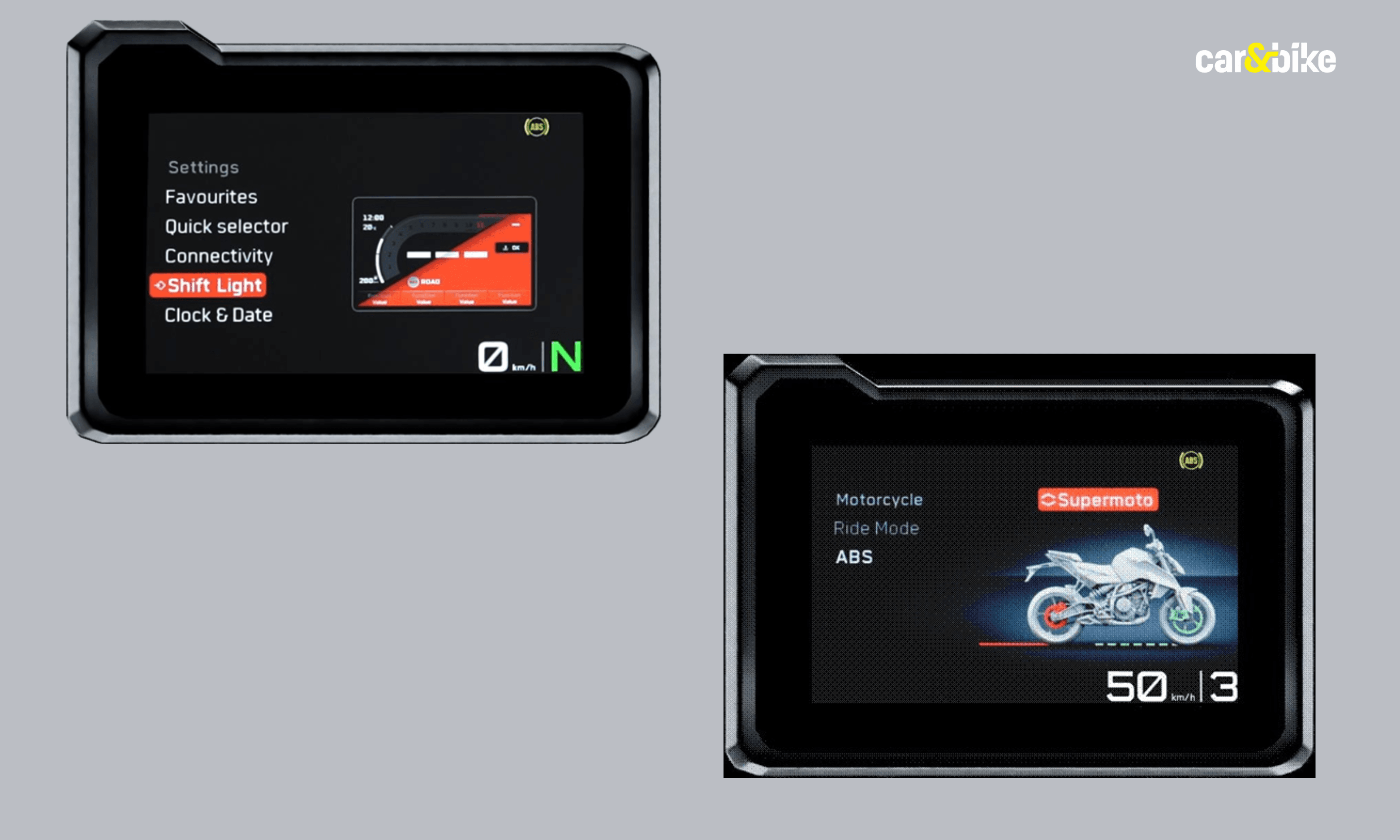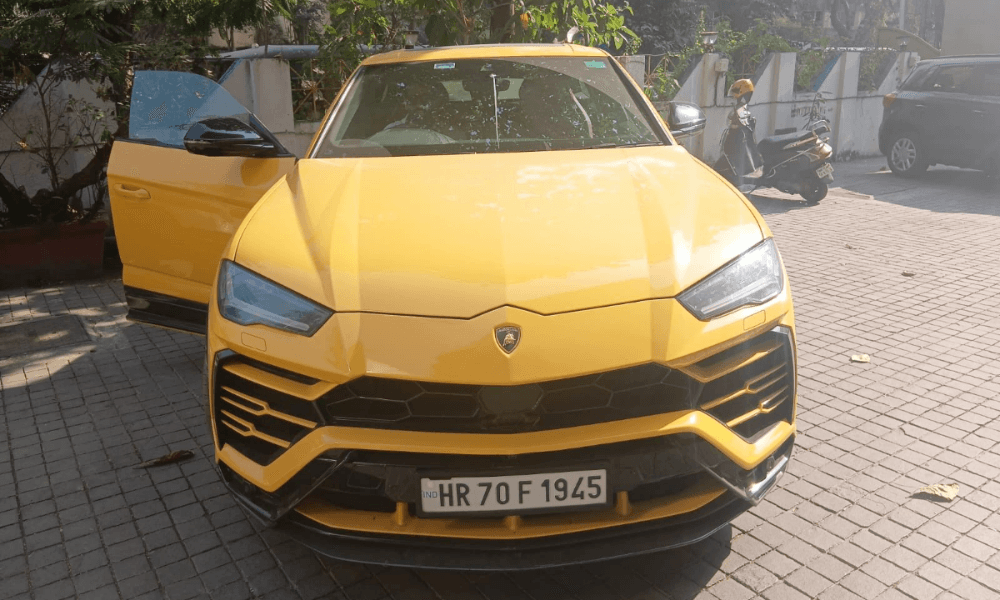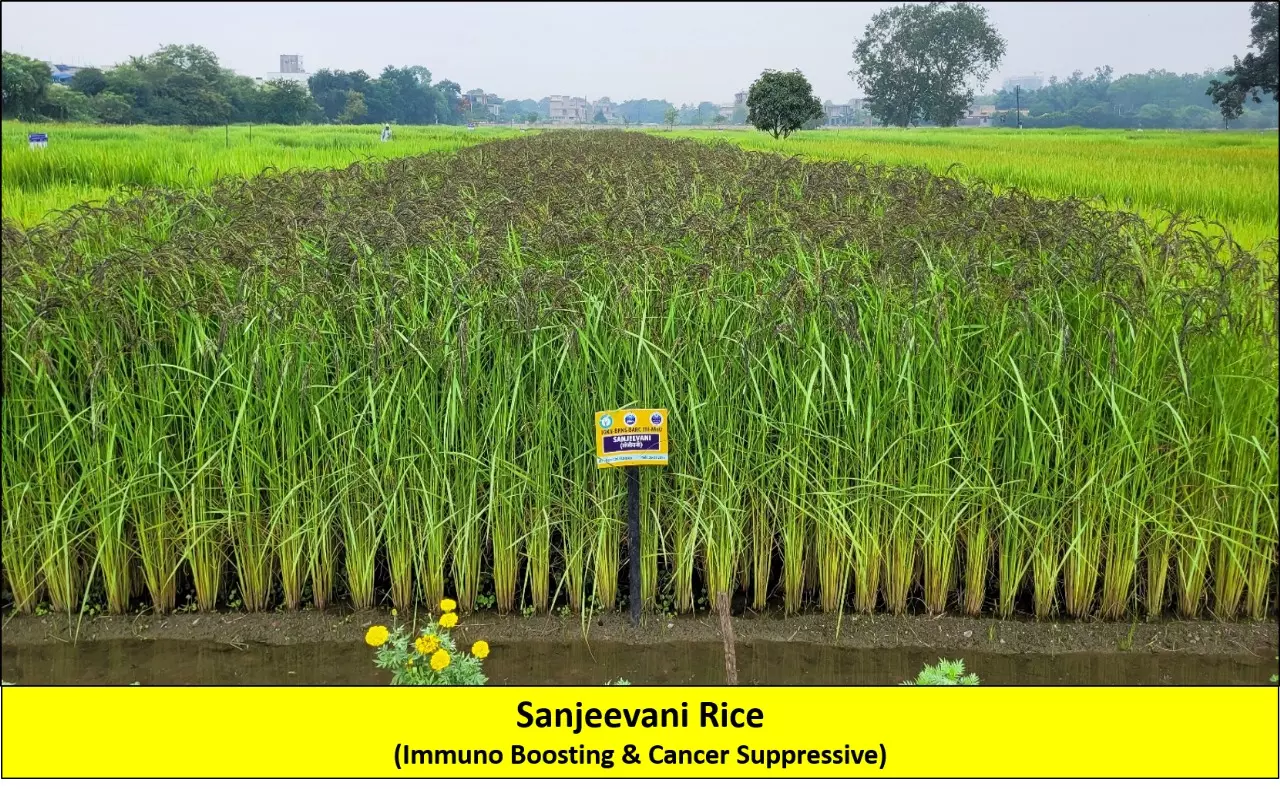Across the different adventure bikes I’ve owned as well as those I’ve ridden extensively, I can understand why the GS has been the highest-selling model in its class for all these years.
BHPian Axe77 recently shared this with other enthusiasts:
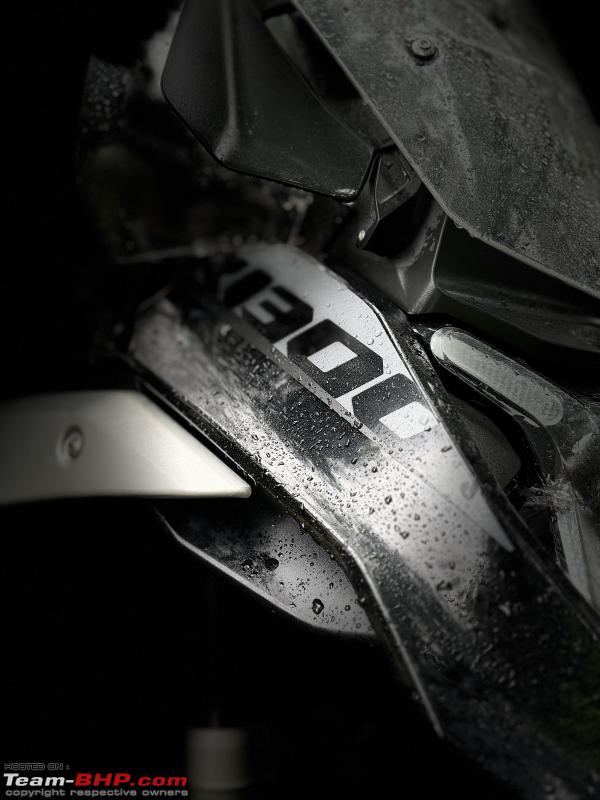
Prequel
Dreams are a funny thing. You read and hear about the power of manifestation and things coming true if you manifest strongly enough. But what when some things are beyond even your wildest dreams, let alone manifesting?
We’ve all sported superbike and supercar posters on our walls and cupboards as children… well at least the sorts reading this thread would have at some point, dreaming of owning one someday. That yearning continues as you get access to your entry-level bikes and scooters as young college-going adults.
But there are some things that are even beyond your wildest dreams. This brings me to a specific period sometime in the late 90s. We were all college-going late teens (18 – 20) with our cool “2-stroke” motorbikes. I had a KB 100 RTZ – my two closest pals had ‘big’ bikes though – a Yezdi Roadking 250D and a Bullet Machismo 350. I guess in our eyes, that makes the pecking order as cool, cooler and coolest. The hefty Machismo in this trio felt massive – and as much as successfully kickstarting that thing was like a 50:50 lottery for me, I felt like I was riding a BIG bike whenever I was astride it. The cooler 100 cc dudes had the amazing RX 100 while the uber-cool graduated to the newest kid on the block – the incredible Suzuki Shogun.
We didn’t know much about the world of motorbikes and an aspirational bike in our head were the supersports like R1, 10R or even the 600 cc supersports. The world of tall adventure bikes was relatively alien to us. And that’s when I saw it for the first time. A BMW F650 Funduro outside our college. To my completely uninformed eyes, it looked absolutely grand with its tall stance in complete contrast to the sporty supersports. I didn’t even bother dreaming about ever owning a bike like that. It cost a princely sum of around 5 lakh at the time – an unfathomable amount for us to reckon for anything, let alone a motorbike. It was beyond any realm of even dreaming that I could ever afford a machine like that, and even if I could, in my freshly minted noobish 19 yo rider avatar, that I was could even manage to get a leg up on it even if someone offered me a spin!! (When I think about it today, it wasn’t even as tall as some of the modern-day adventure bikes that we now tame with ease).
Why the long-winded trip down memory lane – well coincidentally there were two incidents that brought back that memory for me in the last year. The first and the most obvious – finally owning a GS 1300. Yes – a tall, 240 kg+ adventure bike, piloting which was beyond even my wildest dreams about 3 decades ago. The second was the BSA 650 parked beside my GS, sporting a derivative of the same 650 Rotax engine that powered the famed F650 Funduro I had ogled at back then. And here it was, standing in my garage – a media unit on test with me for 4 days, for me to formulate an informed opinion of what I think about the bike and a derivative of that very same engine.
Life has a funny way of turning out in ways you can’t imagine, isn’t it? But no more soppy life gyan, this forum isn’t Shifting Gears, this is about gear shifts, and torque curves and general adventure on two wheels – so with that little life tidbit out of the way, let’s dive right in!!
The F650 Funduro: Gotta have some grey hair to remember this beauty from the late 90s.
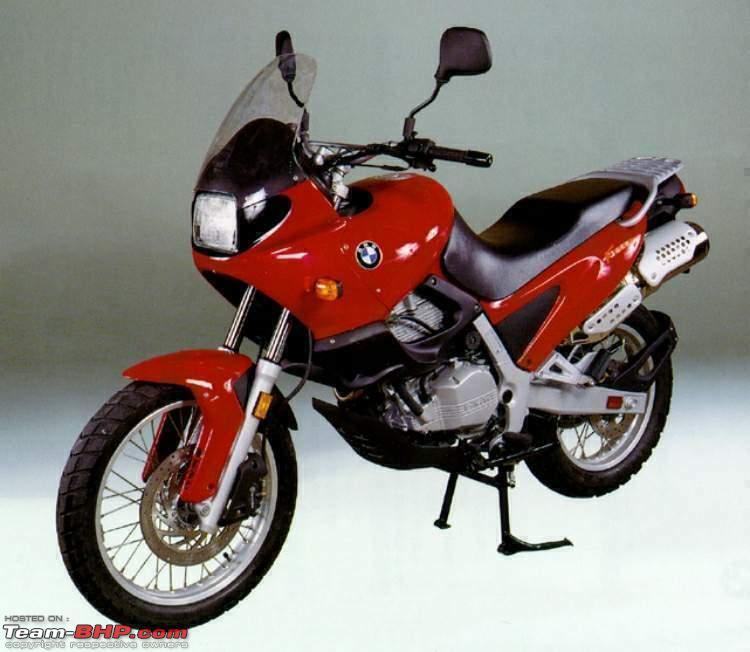
Fast forward to 2024
A Tale of Two GSS: The Goldstar* meets the site/street (* Media Unit)

Note: I got my bike on 26 July 2024. At the time of publishing this thread, I’ve got about 5000 kms on the odometer. My riding has mostly involved Sunday / weekend rides of various distances and some off-roading in a controlled setting at Panchgani. There are a plethora of settings to be explored and this is an ongoing discovery process for me as well.
Glossary / TOC
The initial review:
Introduction

It has been more than 4 decades since BMW launched its GS family of bikes with the official production of the first R80 GS (or G/S as it was then called) being launched sometime around 1980. BMW purists may even argue that this is the pivotal moment that actually gave birth to the entire adventure touring segment of bikes with its increased travel and suspension being mated to a more traditional road bike.
The R 80 G/S yielded way to the R 100 GS in 1987 which ultimately led to the 1150 GS series, followed by the extremely successful and iconic 1200 and 1250 GS (/GSA) models, which Indian customers are largely familiar with given its formal launch in India.
While the generational development of flagship GS in recent generations (1150 to the 1200 and then to the 1250) has largely been evolutionary, albeit fairly significant in many ways regardless, the 1300 is nothing short of a revolution, being a ground-up design reimagining the GS far more substantially than any other recent generation change. Where the last few generations at least retained a very similar chassis design, the GS 1300 has completely overhauled its approach discarding the previous trellis architecture in favour of a brand new frame. The focus has clearly pivoted towards not just weight savings but also compactness and a leaner form factor overall, a design direction that has in equal parts attracted praise for its functional superiority as well as criticism from GS purists for the visual departure from the outgoing models.
At the heart of the all-new design is still the same classical boxer engine though, albeit with a higher compression ratio (13.3:1 to the previous 12.5:1), now pushing out 1300 cc and mated to a redesigned underslung transmission – this updated iteration cutting weight by up to nearly 4 kg.
The redesigned drivetrain sits in a brand-new frame, eliminating the previous generation’s dated trellis architecture. There’s a lighter Lithium Ion battery now and you can see that overall, the GS has been redesigned to save weight wherever possible as well as make the overall form factor more compact. The model retains its standard features like the Evo Telelever Front Suspension and the Evo Paralever Rear Suspension but with key improvements on this front as well.
It’s a bold move overall and personally, my compliments to BMW to take this giant leap where it could well have taken the path of least resistance instead and not tinkered substantially with an already winning formula. For the most part, this has worked well although it missed a few tricks in the process. All of that and more coming up in the following few posts.
Get those reading glasses on then if you haven’t already my GS aficionados, and put those Starbucks beans to brew for your weekend read!

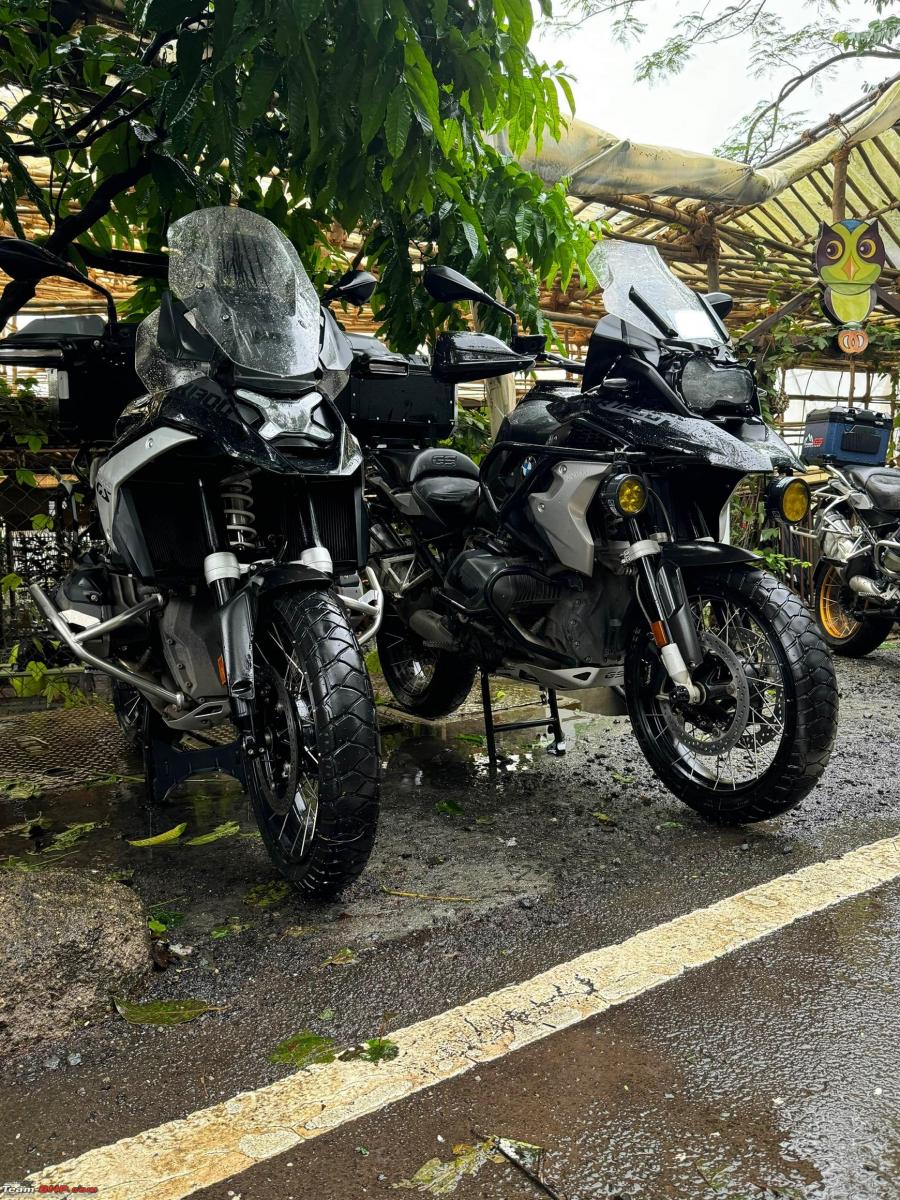
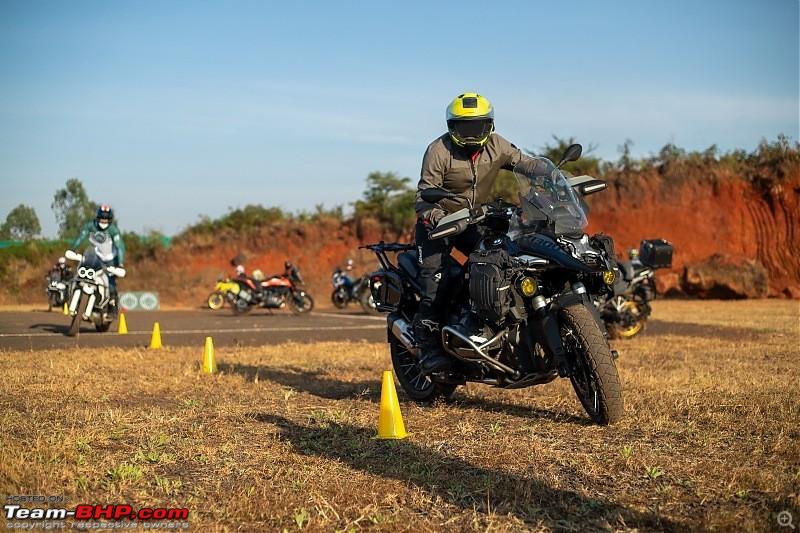
Continue reading Axe77’s initial ownership review for BHPian comments, insights and more information.

